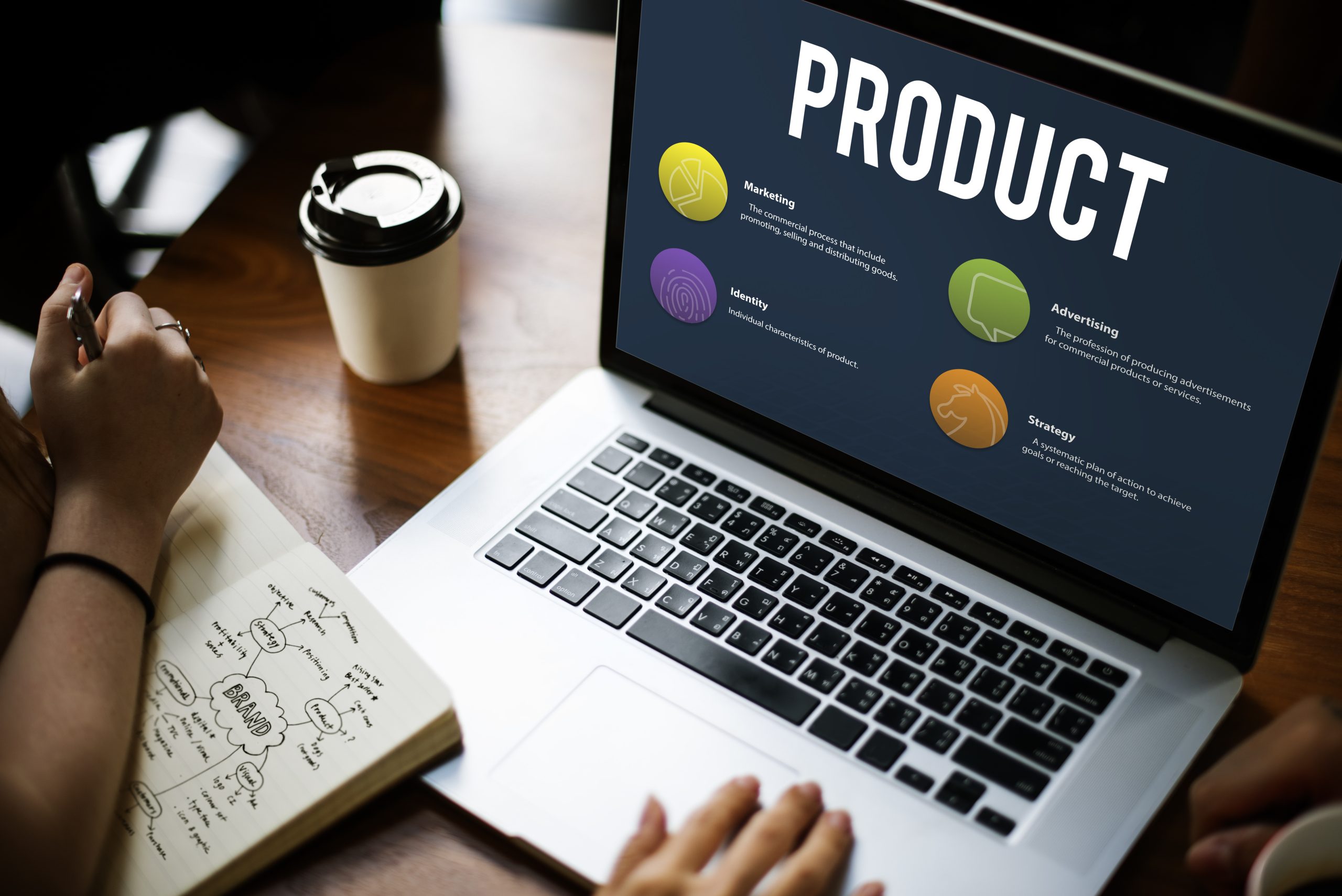MVP Development for Start-ups: Process, Benefits, Cost

by admin, May 20, 2024
MVP Development for Start-ups: Process, Benefits, Cost
If you are starting a business, building a product can be scary. For Startups, they need to think about everything from budget allocation to what the product can offer in the long run. That’s why most enterprises like Facebook and Uber started with an MVP.
MVP Development for Startups is important, as 21% of them fail in the first year. In this blog, we have provided detailed information on why startups should go for MVP development, their process and benefits. We have also added the estimated cost of developing MVP for startups. Once you have this information, you can go ahead and invest in an MVP development company.
Why Should Startups Prioritize MVP Development?
Startups need to focus on developing a minimum viable product to increase their chances of success. By launching quickly with essential features of MVP, startups can save on development costs and receive valuable user feedback early on. This feedback loop helps validate core concepts or features and reduces the risk of building unwanted features. It also allows startups to be agile and make necessary iterations to create a product that truly resonates with the market.
MVP Development Process for Startups

-
Define Your Core Idea and Target Audience
Every startup needs to understand the importance of defining core ideas and finding the right target audience. Successful MVPs start with a clear understanding of what you want to achieve.
By identifying the specific problem your product solves and the unique value it offers, you can create a perfect solution. Also, ask who your target audience is before starting MVP development. Creating detailed buyer personas that outline your ideal customer’s demographics, needs, and pain points will help tailor your MVP to connect with the right audience.
-
Prioritize Features ruthlessly
Remember, not all features are the same, and your startup doesn’t need more of them. When creating your initial product, make sure to avoid trying to include everything. Instead, focus on the most important features that provide the core functionality that users need.
One of the effective ways is user story mapping to see how users will interact with your product and figure out which features are most essential for the initial release. Include these features in your MVP to make sure your product offers clear value without confusing users without complexity.
-
Design and develop the MVP with User-Centricity
During the design and development stage, developers will turn your prioritized features into a user-friendly MVP. At this stage, user experience is the most important thing to consider. Go for a simple, easy-to-use interface that easily guides users through the main functions.
Developers can use rapid prototyping tools to create mockups and gather early feedback from users about the general user experience. Building an MVP is a good fit for agile development methodologies as they allow iterative development cycles based on user feedback. This ensures that as you collect real-world user data so that, your MVP will get better and better.
-
Launch, Gather Feedback, and Iterate
Now, it’s time to go live and launch your MVP to the world. When you launch your MVP, get feedback from a small group of users. You can use surveys, interviews, and app data to understand how users interact with your product. Also, you can learn about what they like and where they struggle.
Assess this feedback carefully to improve your product. Once you have a better understanding of this, you can keep making updates based on user feedback. Remember, the MVP is not a finished product; it’s a starting point for making continuous improvements based on real user experience.
-
Measure and Validate
Building a minimum viable product is not just about adding fancy features; it’s about confirming that your main idea works. Check key performance indicators that match your product’s goals. These KPIs might include how many users are involved and how many people make a purchase. It can suggest how satisfied your customers are.
Make sure to look at these indicators throughout the MVP’s lifespan to see if they are actually solving the problem for your target audience. You can get valuable information that will help in future development and ensure that your product remains on the correct path to reaching the right clients by tracking and validating the success of your MVP.
Benefits of MVP Development for Startups

-
Saves Money on Development
If you run a startup, then one of your main concerns is budget. MVPs focus on essential features that save time and resources. This means startups can effectively save costs compared to developing a fully-fledged product upfront. When you prioritize core features and functionalities, you can avoid heavy investment in features that may not be popular with users. With minimal upfront investment needed, this method allows you to test your idea, making MVP development an affordable choice for startups.
-
Faster Product Launch
By using MVP development, you can introduce customers to your product quickly. By doing this, usual product launches’ extended development periods are avoided. Early MVP launches allow you to get valuable user input on future improvements. By allowing you to make constant improvements to your product based on actual user data, this fast feedback loop will eventually accelerate the launch of your product and provide you with a competitive advantage.
-
Early User Validation
It is essential to test the product with real customers. Before spending significant resources on the product, you can check whether it addresses a genuine customer demand by developing a simple version of it. You can figure out whether your target market is interested in your product concept by asking customers for input often and early on. In the long run, this lets you identify any problems and modify your product as necessary, saving you time and money.
-
Increased Agility and Adaptability
Being flexible and agile is essential for startups. Developing the product’s basic version supports an adaptive and flexible methodology. You could be continuously improving your product to satisfy shifting market demands by concentrating on making minor modifications in response to customer feedback. By staying ahead of the curve and catering to the demands of customers, you can ensure that your product remains competitive and relevant in a market that is always evolving.
-
Enhanced Customer Focus
A vital aspect of MVP development is placing the user at the center of the product development process. You can get a deeper understanding of the requirements, needs, and pain points of your target audience by getting user input frequently and early on.
By using a user-focused approach, you can produce a product that genuinely resonates with your target market, increasing customer happiness and brand loyalty. Developing a product that users like is essential for long-term success in the competitive environment of startups.
Estimated MVP Development Cost Range for Startup
Providing the actual cost may seem impossible as different brands have different requirements. However, we can provide approximate cost of MVP development,
Low-Complexity MVP: $5,000 – $20,000
This category covers very simple MVPs with few capabilities that could be aimed at specialized users. Imagine a basic mobile application with only the essential features or a landing page for a brand-new service.
Medium-Complexity MVP: $20,000 – $75,000
This is the most popular range for startups, which includes MVPs that focus the core user experience and have a reasonable feature set. This can be a web platform with important features for a wider target audience, or it could be a mobile app with basic functions and an easy-to-use UI.
High-Complexity MVP: $75,000+
MVPs in this one often have sophisticated functionality, a large feature set, and possibly complicated design features. This can be an advanced online platform with several user roles and integrations, or it could be a feature-rich mobile app with cutting-edge functionality.
Conclusion
Remember, scaling too early can be harmful. According to a report by Startup Genome that looked at over 3,200 rapidly growing tech startups, 74% of failures occurred because of scaling too soon. That’s why most startups prefer MVP development rather than a full product. MVP testing offers a low risk testing opportunity before committing substantial resources to a product.
So, Make sure to do thorough research before reaching out to an MVP development company. MVP development gives startups a chance to make a name for themselves and to rise and become unicorns.